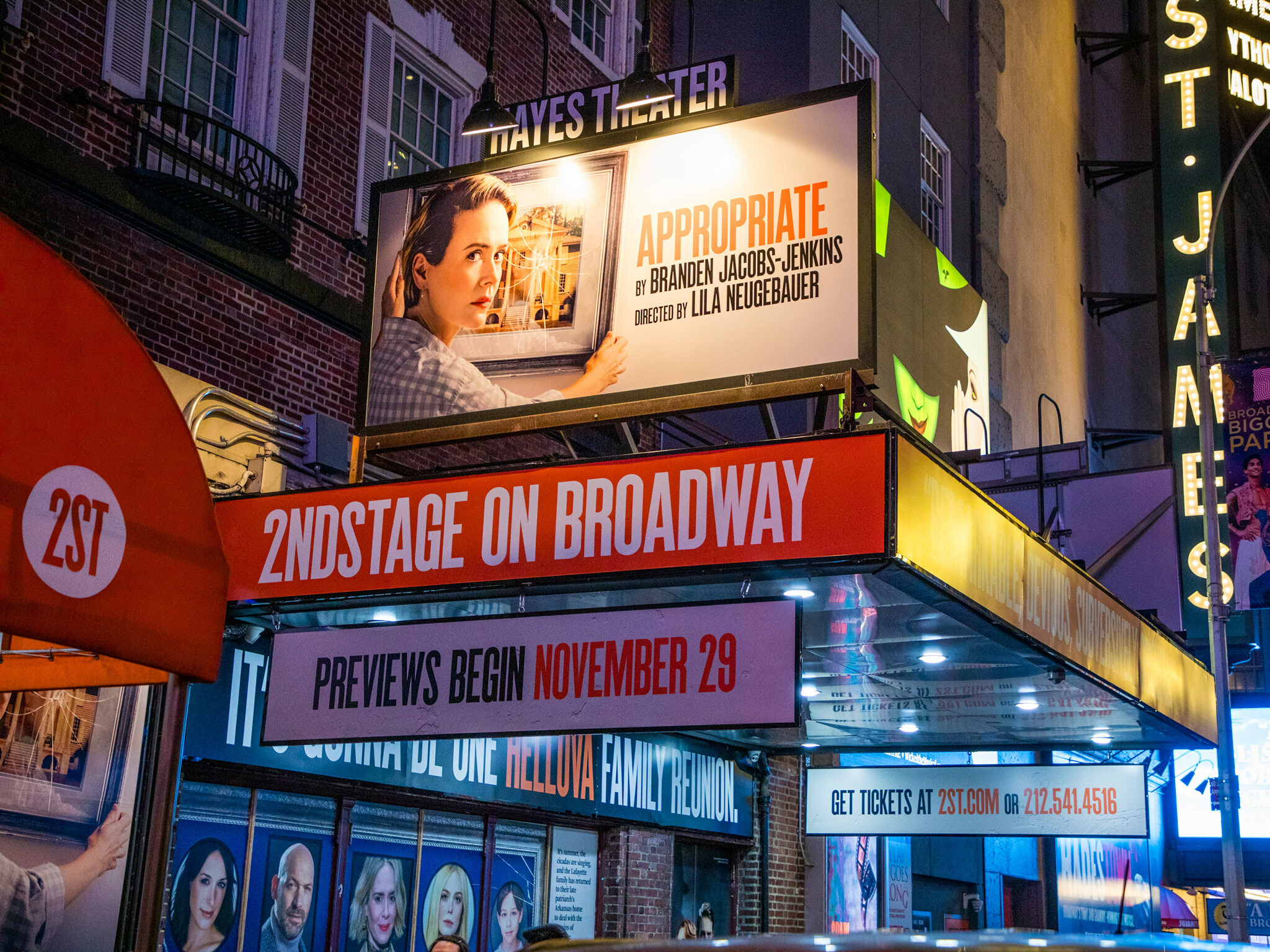Broadway Show History and Evolution

Appropriate broadway – Broadway theatre, a renowned hub of live entertainment, traces its roots to the late 18th century. Its evolution spans centuries, showcasing a vibrant tapestry of artistic styles and genres.
Origins and Early Development
Broadway’s genesis can be traced to 1737 with the opening of the first theatre in New York City. Initially, performances consisted primarily of vaudeville acts, musical revues, and imported plays from Europe.
In the early 19th century, American playwrights emerged, crafting original works that reflected the nation’s burgeoning cultural identity. Notable figures included Dion Boucicault and Augustin Daly, who shaped the landscape of American theatre.
The Golden Age of Broadway
The period from the 1920s to the 1950s marked the “Golden Age” of Broadway. This era witnessed the rise of legendary composers, lyricists, and performers, including George Gershwin, Cole Porter, and Ethel Merman.
Musicals dominated the Broadway stage, showcasing elaborate sets, dazzling costumes, and unforgettable melodies. Productions like “Oklahoma!” and “My Fair Lady” set new standards for musical theatre.
Post-War Evolution
After World War II, Broadway underwent a period of transition. Experimental theatre companies emerged, challenging traditional forms and exploring new artistic directions.
The 1960s and 1970s saw the rise of concept musicals, such as “Hair” and “A Chorus Line,” which addressed contemporary social and political issues.
Contemporary Broadway
In recent decades, Broadway has continued to evolve, embracing a wide range of styles and genres. From traditional musicals to contemporary dramas and immersive experiences, Broadway offers a diverse array of live entertainment.
Technology has also played a significant role, enhancing storytelling and creating new possibilities for stagecraft.
Broadway Theatre Venues and Productions

Broadway theatres are the heart of the New York City theatre scene, and they have been for over a century. These theatres are home to some of the most popular and acclaimed productions in the world, and they offer a unique and unforgettable experience for theatregoers.
There are dozens of Broadway theatres in New York City, but some of the most famous and prestigious include the Majestic Theatre, the Gershwin Theatre, and the August Wilson Theatre. These theatres have all been home to some of the most iconic productions in Broadway history, and they continue to host some of the most popular shows today.
Major Broadway Theatres
The following table lists some of the major Broadway theatres, along with their seating capacities and notable productions:
| Theatre | Seating Capacity | Notable Productions |
|---|---|---|
| Majestic Theatre | 1,681 | The Phantom of the Opera, Les Misérables, Cats |
| Gershwin Theatre | 1,933 | Wicked, Hamilton, The Color Purple |
| August Wilson Theatre | 1,222 | Fences, The Piano Lesson, Ma Rainey’s Black Bottom |
| Richard Rodgers Theatre | 1,311 | The Lion King, Oklahoma!, South Pacific |
| Nederlander Theatre | 1,232 | Chicago, A Chorus Line, The Book of Mormon |
Theatre Districts in New York City
Broadway theatres are located in several different theatre districts in New York City. The most famous and well-known theatre district is the Theatre District in Midtown Manhattan. This district is home to over 40 Broadway theatres, as well as many other smaller theatres and performance spaces.
Other theatre districts in New York City include the Lincoln Center for the Performing Arts in Upper West Side, the Brooklyn Academy of Music (BAM) in Brooklyn, and the Queens Theatre in Queens.
Architectural and Design Features of Broadway Theatres, Appropriate broadway
Broadway theatres are known for their elaborate and opulent architectural and design features. Many of these theatres were built in the early 20th century, and they feature a variety of architectural styles, including Art Deco, Beaux-Arts, and Renaissance Revival.
Some of the most common architectural features of Broadway theatres include grand staircases, ornate balconies, and elaborate proscenium arches. Many of these theatres also feature state-of-the-art sound and lighting systems, which help to create a truly immersive experience for theatregoers.
Broadway’s Cultural Impact and Legacy: Appropriate Broadway
Broadway has played a pivotal role in shaping American culture and society, transcending the realm of mere entertainment. It has served as a vibrant platform for artistic expression, social commentary, and cultural exchange.
Broadway’s productions have deeply influenced other performing arts, particularly film and television. Many iconic Broadway musicals and plays have been adapted for the big and small screens, captivating audiences worldwide. This cross-pollination has fostered a symbiotic relationship between Broadway and other entertainment mediums.
Broadway’s Impact on Popular Culture and Fashion
Broadway has also left an indelible mark on popular culture and fashion. Its captivating performances, memorable characters, and stunning costumes have inspired countless trends and cultural references. Broadway shows have become a source of inspiration for fashion designers, with many costumes and styles finding their way into mainstream fashion.
For instance, the iconic black dress worn by Audrey Hepburn in “My Fair Lady” became a symbol of timeless elegance, while the flamboyant costumes in “The Lion King” showcased the rich tapestry of African cultures. Broadway’s productions continue to influence fashion trends, blurring the lines between art and commerce.